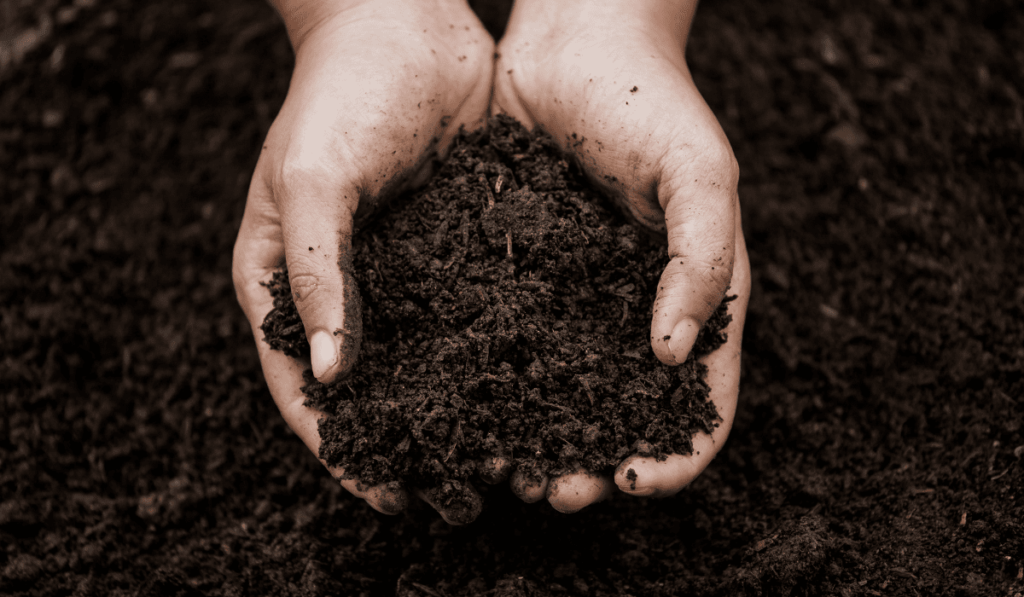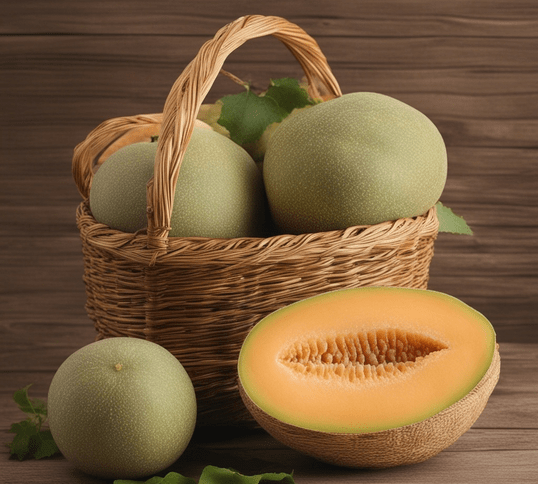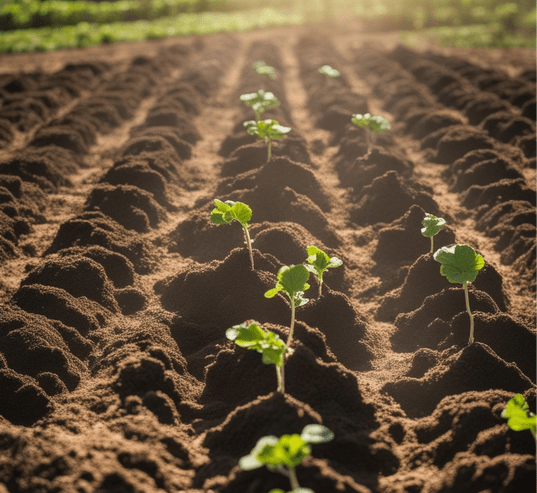Dreaming of succulent, sweet cantaloupes from your garden? The journey begins with the soil. In this comprehensive guide, we’ll delve into the art of selecting and preparing the best soil for cantaloupe cultivation. From soil composition and pH levels to essential nutrients and drainage, you’ll gain the knowledge needed to create an ideal growing environment. Join us as we uncover the secrets to nurturing healthy cantaloupe plants that yield a bounty of mouthwatering fruit, ensuring your garden becomes a haven for these delectable summer treats.
In this guide, we’ll explore the best soil for cantaloupe and share essential tips for soil preparation to ensure your melon plants thrive.
1. Soil Type:
- Sandy Loam: Cantaloupes prefer well-drained sandy loam soil. This type of soil offers excellent drainage, preventing waterlogged roots that can lead to rot and other issues.
2. Soil pH:
- Optimal Range: Aim for a soil pH between 6.0 and 6.8. Slightly acidic to neutral soil is ideal for cantaloupes.
- Soil Test: Before planting, conduct a soil test to determine your soil’s pH level. You can adjust it with lime to raise pH or sulfur to lower it if needed.
3. Organic Matter:
- Amend with Compost: Incorporating organic matter like compost into the soil improves its structure and nutrient-holding capacity. This ensures a steady supply of nutrients to your cantaloupe plants.
- Mulch: Applying organic mulch around the plants helps retain soil moisture and suppress weeds.
4. Soil Preparation Steps:
- Clear the Area: Remove any debris, rocks, or weeds from the planting area.
- Till the Soil: Use a tiller to break up compacted soil and improve aeration. Aim for a depth of 12-18 inches to encourage deep root growth.
- Incorporate Compost: Mix well-rotted compost into the soil to enhance its fertility.
- Create Mounds or Rows: Cantaloupes benefit from slightly elevated planting beds, as this promotes drainage and prevents waterlogging.
5. Soil Temperature:
- Warm Soil: Cantaloupe seeds and seedlings thrive in warm soil. Wait until the soil temperature reaches at least 70°F (21°C) before planting.
- Use Soil Thermometer: Consider using a soil thermometer to monitor soil temperature and ensure it’s suitable for planting.
6. Fertilization:
- Balanced Fertilizer: Before planting, apply a balanced, all-purpose fertilizer to provide essential nutrients for healthy cantaloupe growth.
- Side-Dressing: As the plants grow, consider side-dressing with a nitrogen-rich fertilizer to support vigorous vine development and fruiting.
7. Irrigation:
- Drip Irrigation: Cantaloupes benefit from consistent moisture. Consider installing drip irrigation to deliver water directly to the roots while keeping the foliage dry, reducing the risk of diseases.
8. Soil Testing and Maintenance:
- Regular Soil Testing: Periodically test your soil to monitor its pH and nutrient levels. Adjustments can be made as needed to maintain optimal conditions.
- Crop Rotation: To prevent soil-borne diseases, practice crop rotation by not planting cantaloupes in the same spot every year.



